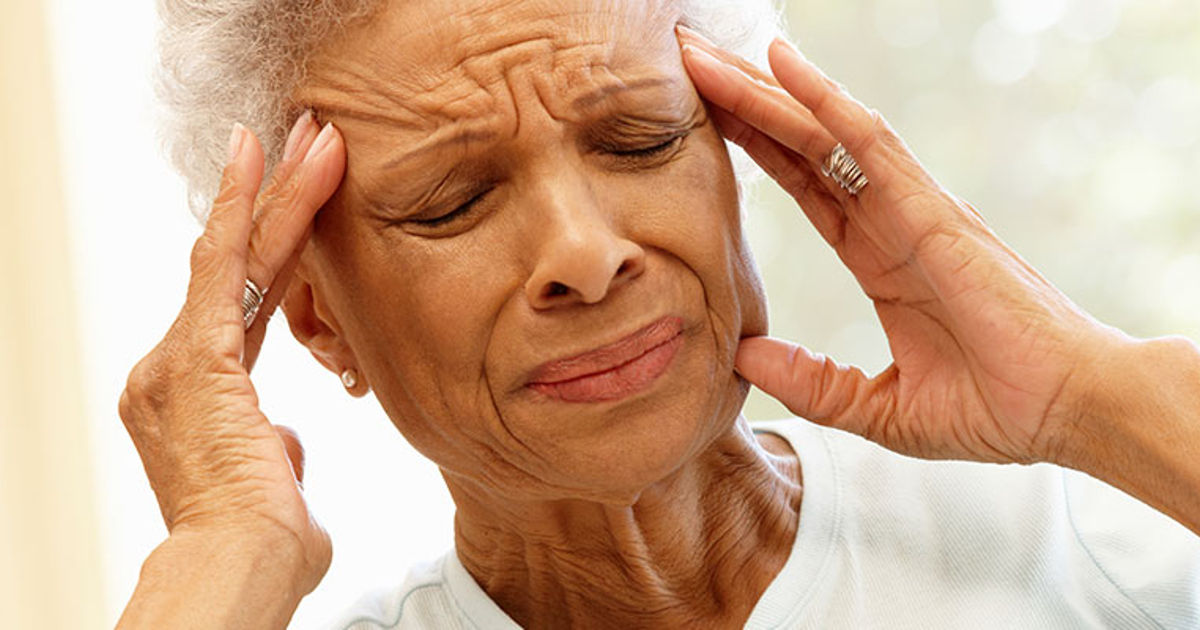Overview Of A Stroke
A stroke is a condition that occurs due to a blocked or busted blood vessel in the brain. When blood vessels fail to deliver oxygen-rich blood to the brain, parts of the brain start to die. Within minutes of the impaired blood vessel, brain damage can begin, and the parts of the body controlled by the impacted area of the brain will stop working. A stroke is considered a severe medical emergency, and if one is suspected, immediate medical treatment is crucial. Early treatment can minimize brain damage and other complications.
Types Of Stroke

There are two major types of strokes: ischemic and hemorrhagic. An ischemic stroke occurs due to narrowed or blocked arteries to the brain, which results in significantly reduced blood flow (called ischemia). There are two subtypes of ischemic strokes: thrombotic and embolic. The former occurs when a blood clot, also referred to as a thrombus, develops in one of the arteries supplying blood to the brain. Embolic strokes occur when a blood clot (in this case called an embolus) or similar debris forms away from the brain, most commonly in the heart, and then traveled through the bloodstream to then lodge itself in narrowed or blocked arteries that travel to the brain. Approximately eighty percent of all strokes are ischemic and occur mostly in older adults.
A hemorrhagic stroke occurs when an artery located in the brain bursts or leaks. Although they are less common than ischemic strokes, hemorrhagic strokes are more dangerous. The subtypes of hemorrhagic strokes include intracerebral and subarachnoid hemorrhages. In the former, the blood vessel in the brain will burst and subsequently spill into the brain tissue surrounding the vessel and damaging brain cells as a result. Subarachnoid hemorrhages occur when an artery on or quite close to the brain’s surface burst and then spill into the space between the brain’s surface and the skull.
